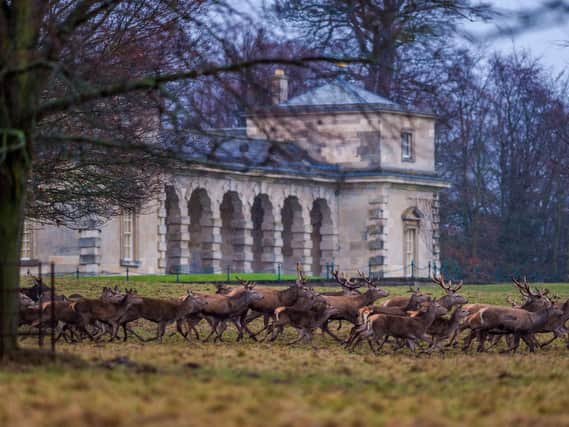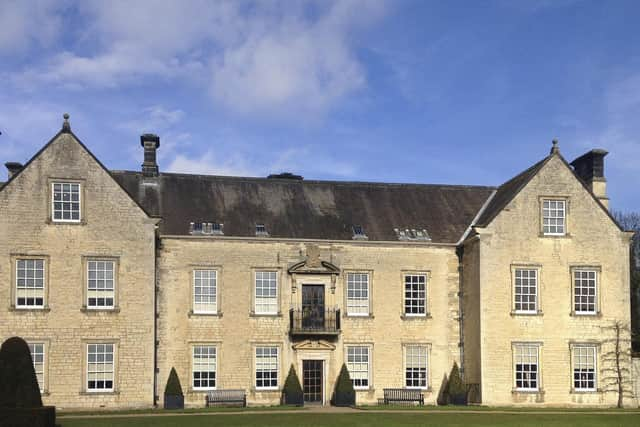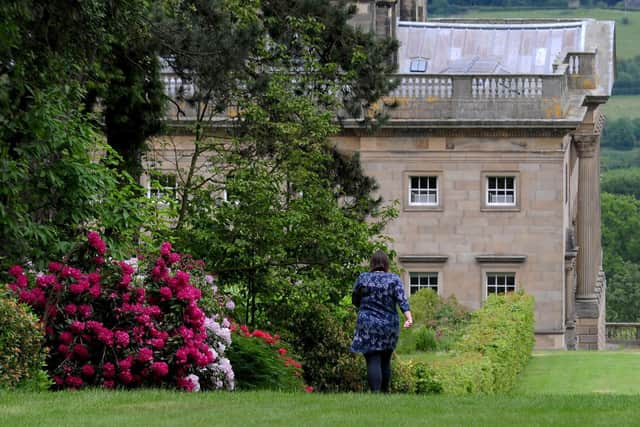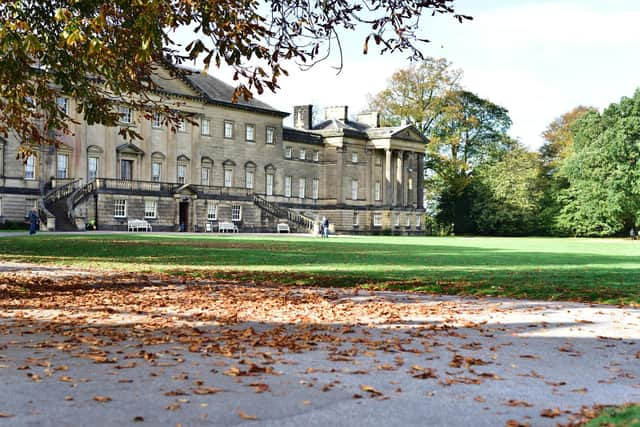National Trust put four Yorkshire properties on list of assets with links to colonialism and slavery


The organisation published a report this week following research into the histories of the families who owned stately homes in the 17th, 18th and 19th centuries that have since been bequeathed to the National Trust.
It found that 29 of these families owned slaves themselves and received compensation when slavery was abolished. In total, a third of properties have connections to colonialism, including investments in exploitative trading bodies such as the East India Company, or sons who served in these companies.
Advertisement
Hide AdAdvertisement
Hide AdThe Trust will use the research to highlight the darker aspects of its properties' stories, and future exhibitions and collections will reflect the influence of colonialism and the part it played in the British economy.


The report states: "This conclusion is perhaps not that surprising, as the practice of enslaving African people was a fundamental part of the British economy in the late seventeenth, eighteenth and early nineteenth centuries. Large numbers of landowners and members of the wealthy middle classes invested in commerce that was linked directly to the slave trade, including sugar production in the Caribbean, and many people with surplus funds had investments in merchant companies involved in the slave trade, such as the South Sea Company and the Royal African Company. The research also highlights interesting evidence about the presence of African, Asian and Chinese people working on English and Welsh estates. It has also shown that a number of properties can be connected to support for the abolition of the slave trade."
In Yorkshire, the UNESCO World Heritage Site of Fountains Abbey and Studley Royal Water Garden is included in the report.
The Studley Royal estate's 18th-century owner, John Aislabie, was a supporter of the South Sea Company's proposition to take over the national debt in exchange for government bonds.
Advertisement
Hide AdAdvertisement
Hide AdHaving received a £20,000 bribe in company stock for promoting the scheme, Aislabie negotiated the South Sea contract and got the bill passed in the House of Commons.


He was serving as Chancellor of the Exchequer when the South Sea Company collapsed in 1720. Aislabie was forced to resign the following year, shortly before a report into the collapse was published. He was found guilty of corruption, expelled from the House of Commons and imprisoned in the Tower of London. Aislabie was named directly in legislation produced by Parliament that the estate of individuals implicated in the South Sea Company corruption should be confiscated.
However, since he had owned Studley Royal prior to his deception, he was afforded a dispensation allowing him to keep the property he possessed - around £119,000 out of an estate estimated to be worth £164,000. After his release, he retired from political life to Studley Royal, where he focused on the landscaping of the water gardens that are open to the public today.
Also mentioned is Nostell Priory, near Wakefield, which was acquired by the Winn family in the 17th century. The fouth baronet, Sir Rowland Winn, invested in both the South Sea Company and the East India Company, although the Trust concedes that 'more research is needed' into this aspect of the family history. Records also show that eminent furniture maker Thomas Chippendale supplied 'the blacks' bed' to the estate, suggesting they may have had African servants.
Advertisement
Hide AdAdvertisement
Hide AdNunnington Hall in Ryedale has the strongest links to slavery of the Trust's Yorkshire assets. The estate was purchased in 1839 by William Rutson, who came from a family of Liverpool merchants and slave traders dating back to his grandfather's day. At least 42 Rutson voyages in the 18th century involved the transportation of enslaved Africans. William later married the daughter of his father's business partner, William Ewart - the two men traded in goods such as sugar and cotton, which were produced by slave labour. Their company also acted for slave owners and had power of attorney over another Liverpool merchant's purchase of estates on Barbados.


The report also cites Thomas Wentworth, the first Earl of Strafford and owner of Wentworth Castle, near Barnsley, from 1708 until 1739.
Following his military service, Wentworth began a diplomatic career and served as British ambassador to Berlin. In 1711, Wentworth was appointed as joint negotiator for the Treaty of Utrecht. As part of these negotiations in 1713, Britain signed a contract with Spain giving it exclusive rights, through the South Sea Company, to supply enslaved Africans to the Spanish territories, known as the 'asiento de negros'.
Despite being impeached (though never prosecuted) for improper conduct in relation to the negotiations, Wentworth considered Utrecht to represent the high point of his diplomatic career.
Advertisement
Hide AdAdvertisement
Hide AdA sculpture of a kneeling black male figure is displayed within the conservatory at Wentworth (on loan from Barnsley Museums), and is based on the standard model created in the eighteenth century after the Flemish sculptor John Nost the Elder. These statues were designed to personify Africa, and this figure will be the subject of an interpretation partnership with Northern College and other stakeholders to help us interpret this complex historic object.
Although the mansion at Wentworth Castle is run as an educational centre. the gardens are owned by the National Trust and are open to the public.
Comment Guidelines
National World encourages reader discussion on our stories. User feedback, insights and back-and-forth exchanges add a rich layer of context to reporting. Please review our Community Guidelines before commenting.